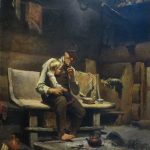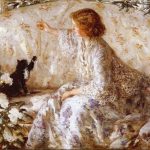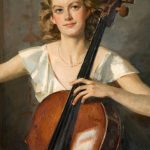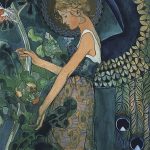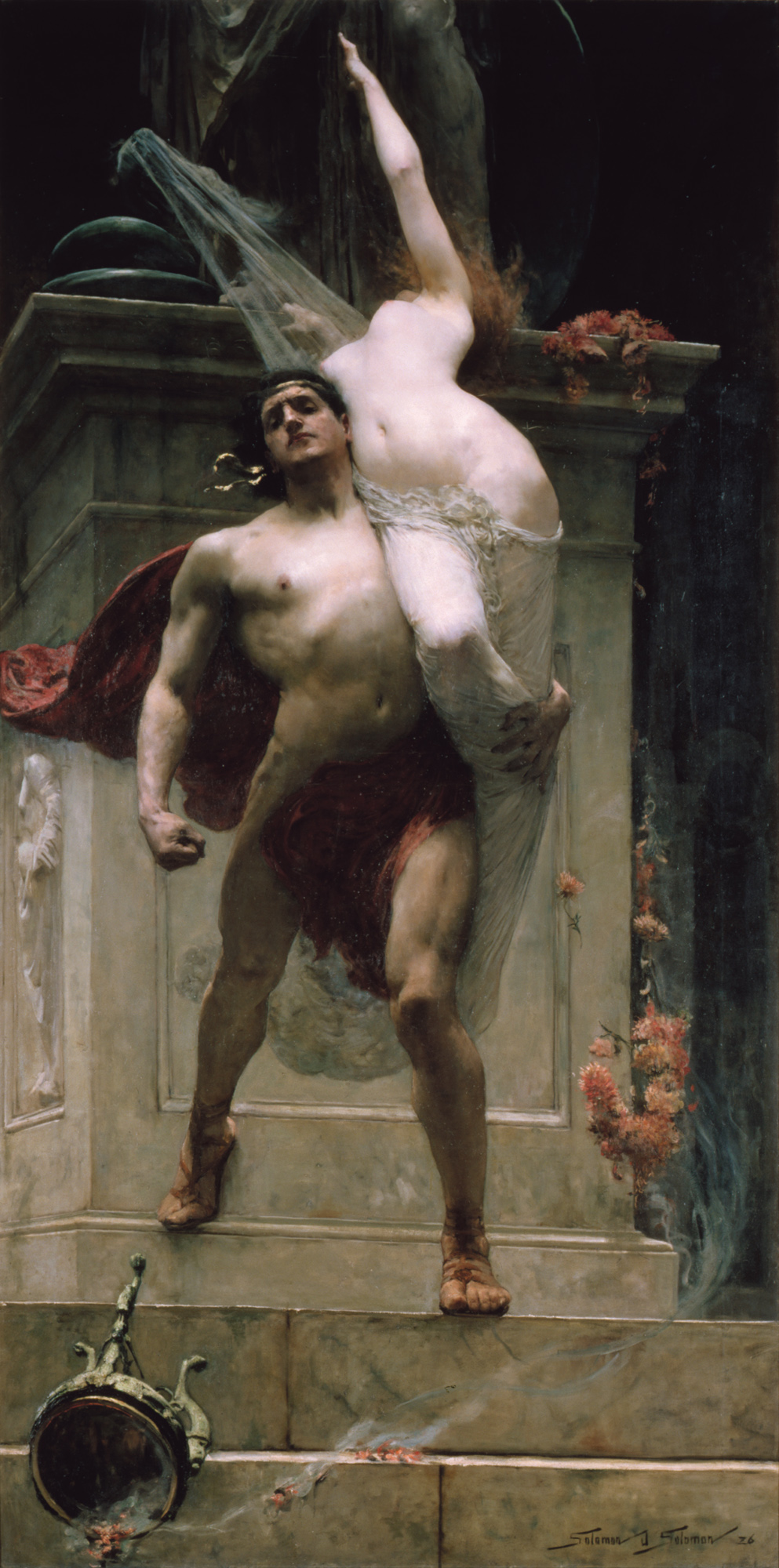
Solomon Joseph Solomon (1860–1927), a prominent British painter, sculptor, and teacher, was born on September 16, 1860, in London. His life unfolded against the backdrop of the Victorian and Edwardian eras, witnessing significant cultural, political, and technological transformations. Solomon’s multifaceted career spanned the realms of art, academia, and public service, leaving an indelible mark on the British art scene during the late 19th and early 20th centuries.
Solomon Joseph Solomon hailed from a family with deep Jewish roots, and his early years were marked by a rich cultural environment that nurtured his artistic inclinations. His father, Michael Joseph Solomon, was a successful merchant, and his mother, Catherine Levy, provided a nurturing environment for Solomon’s burgeoning creativity. Growing up in a household that valued education and culture, Solomon’s artistic talents manifested at a young age.
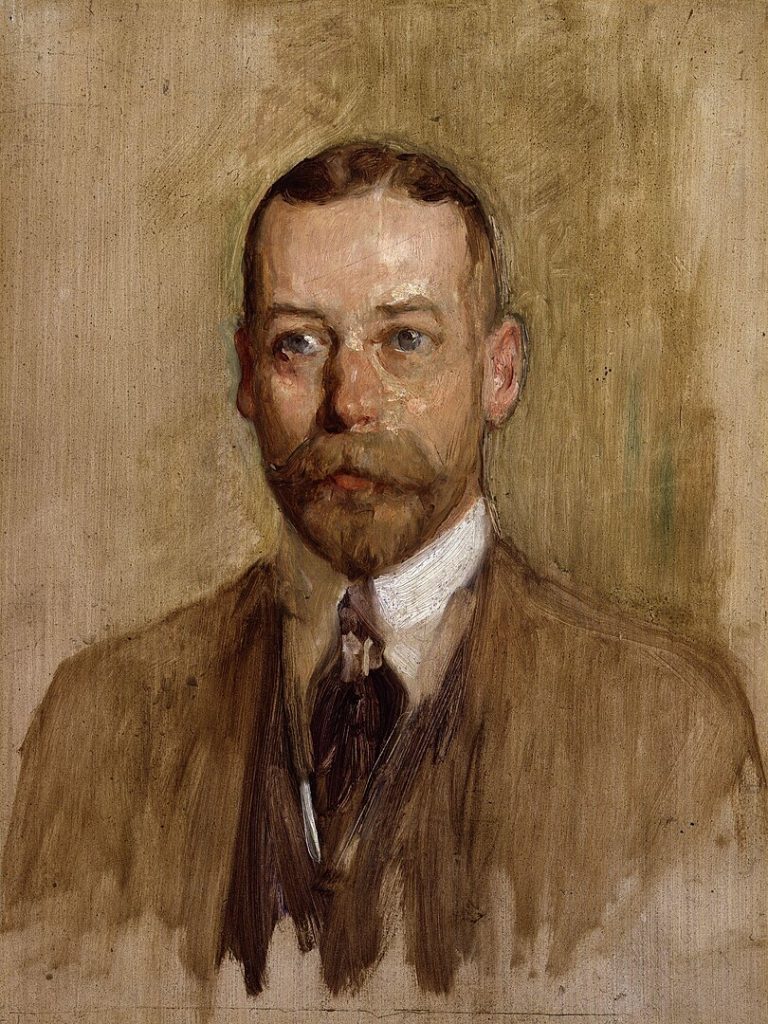
In 1877, at the age of 17, Solomon entered the Royal Academy Schools, laying the foundation for his formal art education. The Royal Academy of Arts in London was a prestigious institution, and Solomon’s enrollment marked the beginning of a lifelong association with the institution. Under the guidance of renowned artists such as Sir Edward Poynter and Sir John Everett Millais, Solomon honed his skills, absorbing the academic traditions of the time while also developing his distinct style.
Solomon’s early works showcased his mastery of historical and biblical themes, a penchant that would define much of his career. His 1882 painting, “David,” exemplifies his ability to capture the emotional depth of his subjects. The detailed rendering and careful attention to historical accuracy revealed Solomon’s commitment to narrative storytelling through his art.
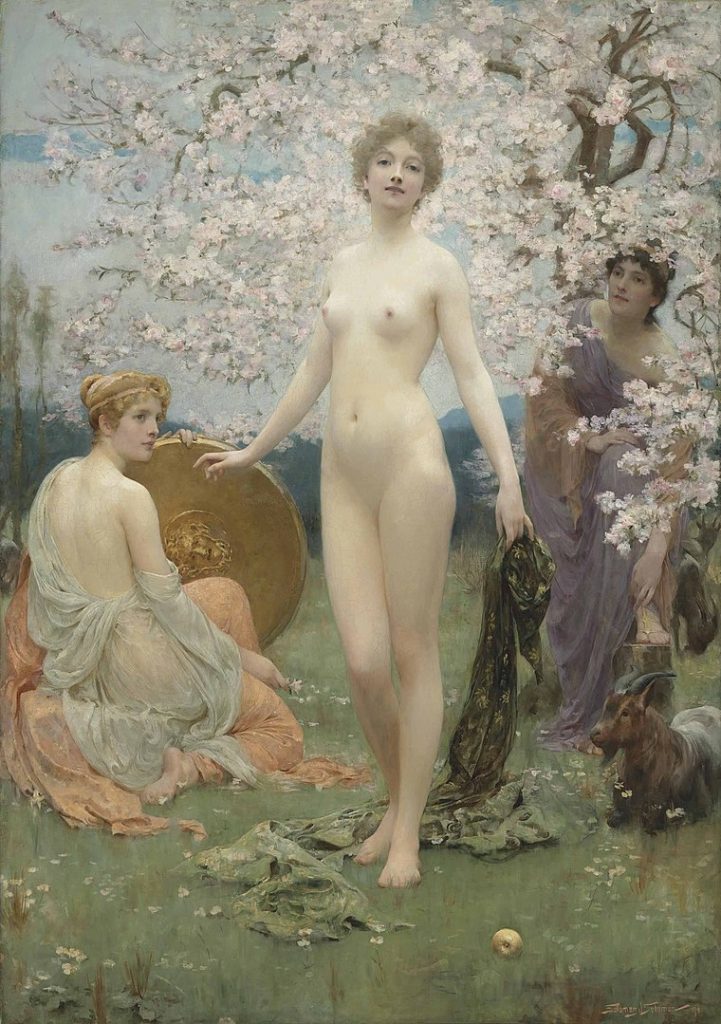
As a young artist, Solomon was drawn to the vibrant cultural milieu of London and its artistic circles. He became associated with the Newlyn School, a group of artists centered in the fishing village of Newlyn, Cornwall. The influence of plein air painting, which focused on capturing scenes outdoors, had a lasting impact on Solomon’s approach to light and color. This period of experimentation and collaboration with fellow artists marked a significant chapter in his artistic evolution.
Solomon’s reputation continued to grow, and by the 1890s, he had firmly established himself as a leading figure in British art. His paintings, such as “Sampson and Delilah” and “The Birth of Love,” showcased his ability to blend classical influences with a modern sensibility. His works were characterized by meticulous attention to detail, evocative symbolism, and a keen understanding of composition.
Beyond his artistic pursuits, Solomon was deeply committed to art education. He held various teaching positions, including becoming a professor at the Royal Academy in 1900. His pedagogical approach emphasized the importance of rigorous training in the fundamentals of art, balancing tradition with innovation. Solomon’s influence on generations of aspiring artists was immeasurable, shaping the trajectory of British art education.
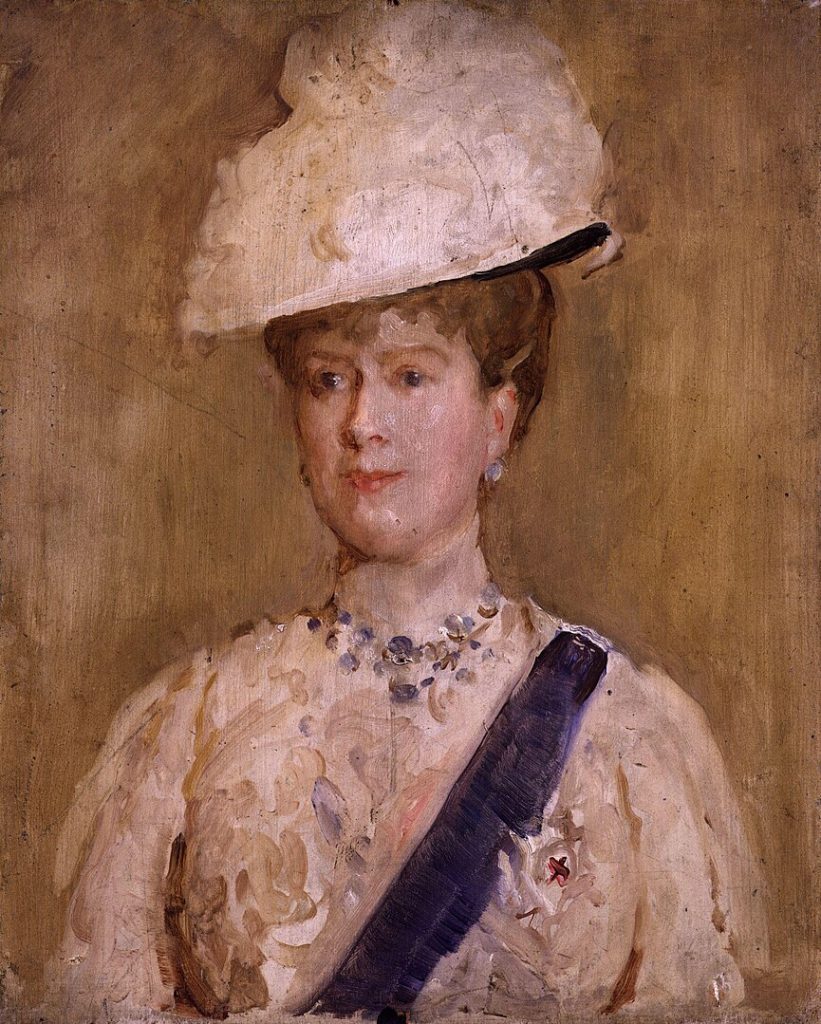
In addition to his contributions to art and education, Solomon was an active participant in public life. He served as a war artist during World War I, documenting the experiences of soldiers and civilians. His war paintings, such as “The Return from Calvary” and “A Sussex Garden,” captured the human cost of conflict with poignancy and sensitivity.
Solomon Joseph Solomon’s artistic legacy extended beyond the canvas. He played a crucial role in the founding of the Imperial War Museum, showcasing his commitment to preserving the cultural and historical artifacts of the nation. His efforts in this regard underscored his belief in the intersection of art, history, and national identity.
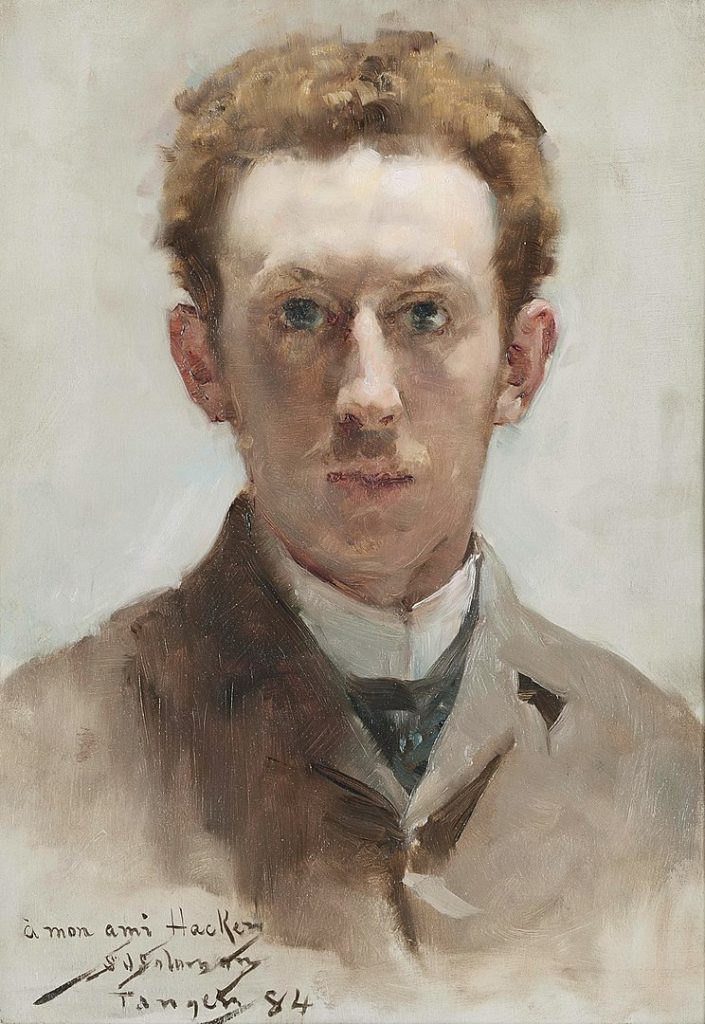
As the years passed, Solomon’s style evolved, reflecting the changing artistic landscape of the early 20th century. He embraced a more impressionistic approach, experimenting with color and brushstroke techniques. His late works, such as “The Judgment of Paris,” demonstrated a continued willingness to innovate and adapt to contemporary artistic trends.
Solomon Joseph Solomon passed away on July 27, 1927, leaving behind a legacy that transcends his role as a prolific artist. His impact on British art education, his contributions to the depiction of historical and biblical themes, and his dedication to preserving cultural heritage through institutions like the Imperial War Museum cemented his status as a stalwart figure in the annals of British art history. Solomon’s life serves as a testament to the power of art to shape not only individual expression but also the collective memory of a society in flux.


